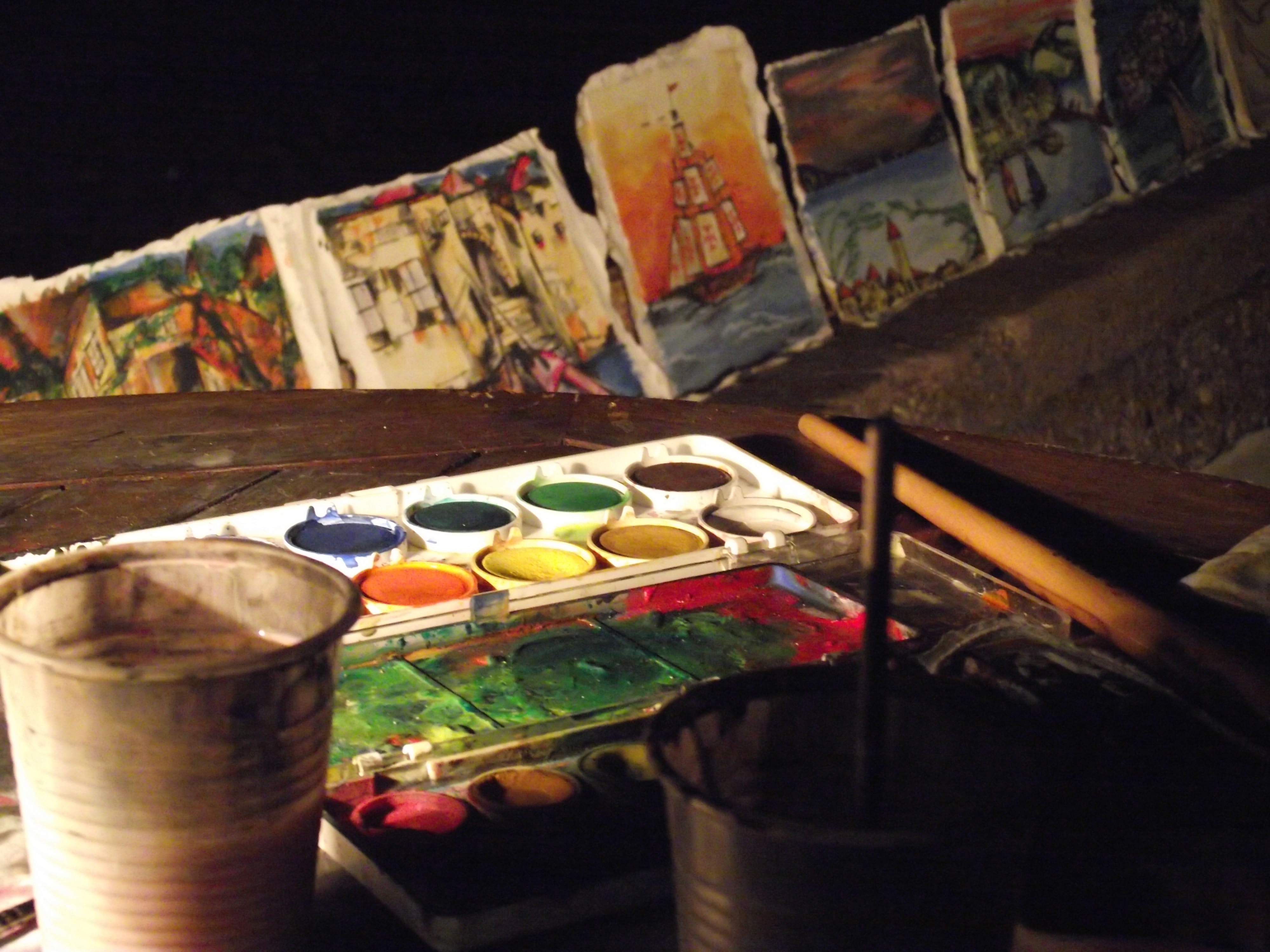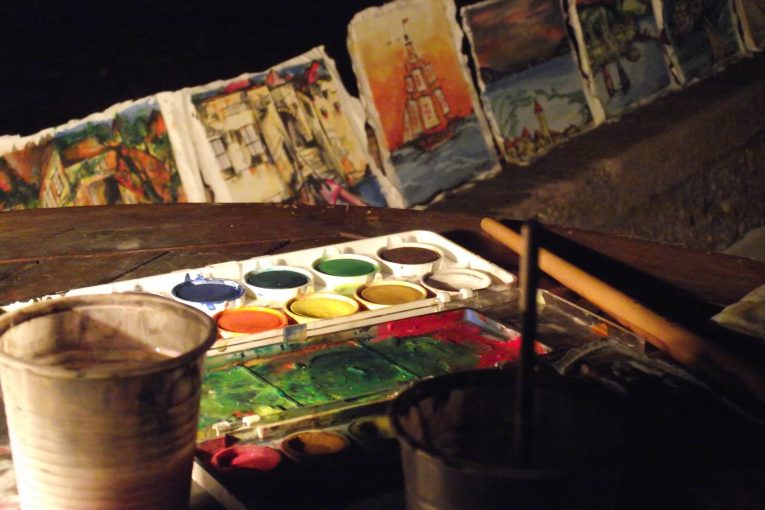

by Marty Williams
March 1 of this year marked Music Therapy Day, one of many special days to celebrate on the calendar that hardly gets noticed because there are so many. But it is a recognition that, not only is music therapeutic, music therapy is an actual thing. Therapists have often incorporated music in their work for more than a century, from psychotherapy to trauma therapy, and it has become instrumental in the last decade in the care of  dementia patients and those in hospice.
dementia patients and those in hospice.
By the mid 20th century, music began to move from the communal to the personal with the introduction of recordings and portable music players. Currently, it’s common to encounter someone with earbuds in place attached to a hidden music device. While listening to music may make us feel better, evoke memories, motivate and inspire us, the learning of an instrument requires desire, discipline, and dedication to one’s own process. This is all transferrable to other life skills, but, more importantly, it creates relationship with our ability to heal, reset, and transform ourselves. And, not just ourselves.
In 2022, when Mahsa Amino died at the hands of Iran’s “morality police” for not wearing the hijab, protests erupted throughout Iran, expanding over weeks and flooding the Internet. A young singer-songwriter, Shervin Hajipour, composed a song entirely of online tweets by fellow Iranians. The song is called “Baraye,” a Farsi word meaning “because of.” It received more than 40 million views on Instagram before the government of Iran took it down. By then, it was already a nationwide protest anthem written out of words of despair transformed into music of hope and unity.
For me feeling of Peace
For me sunrise after long dark nights
For me stress of insomnia pills
For man, motherland, prosperity
For me girl who wished she was born a boy
For woman, life, freedom
–from “Baraye”
Creating the song was process for Hajipour to work out his anger and sadness; in turn, the song itself gave millions of people the same. All art is work, and all work is a kind of therapy. Unlike occupational work, which is usually initiated by an external directive, the work of art and music originates from an internal directive or need, even if inspired by external needs.
While incarcerated artist William Goehler may have been directed by external sources, such as the education department on Facility B at Mule Creek State Prison, the murals he set out to paint in the halls of the education building began out of an undeniable internal need, or desire, to create. Goehler, who has been at MCSP for 15 years, has spent six months on the murals and says he is grateful to “finally be permitted to contribute to the beautification of the environment here.” His creative gifts needed some kind of external permission or purpose. Being able to enhance his world is not only a form of therapy, as it involves focus, dedication, and relationship to inner energies, but is therapy for those who see his art instead of cold, blank walls.
Back when the Arts In Corrections program was ended by the state in 2004, many artist-facilitators who were formerly employed to manage art/music/writing programs in California prisons, found their way into becoming recreational therapists with the mental health departments of the same prisons. Art and music became one of the many tools CDCR used to fulfill the requirements of Coleman vs. Wilson (1995), which instructed that incarcerated people in the Mental Health Services Delivery System (MHSDS) at the Correctional Clinical Case Management System (CCCMS) level of care must have access to various therapy models. In many prisons that have not received support from Arts In Corrections sources, this is still the most frequently used model.
Renowned photographer and Zen monk, John Daido Loori, writes as co-author of the book, “The Zen Art Book: The Art of Enlightenment,” about a crippled ballerina who sank into a severe depression. Doctors and therapy failed on every level until a monk named Soën was asked to teach her Zen art, a calligraphy and graphic art form that had been used therapeutically for centuries. She created something new every day, eventually not only breaking out of her depression, but becoming a talented artist for her entire life, well into her 80s.
“In general,” writes Loori, “art has always been transformative. It enlarges the universe, touches the heart, and illuminates he spirit. The Zen arts, because of their emphasis on spiritual insight derived fro personal experience, are a powerful tool of self a exploration.”
All art and music is Zen in this respect. Writing from personal grief, painting on prison walls, rehearsing music for prison yard shows, all connects the internal to the outer world. It heals, because we share and are shared through art, less confined in isolating habits that keep us blocked, and, ultimately, alone.
Marty Williams is incarcerated at Mule Creek State Prison

